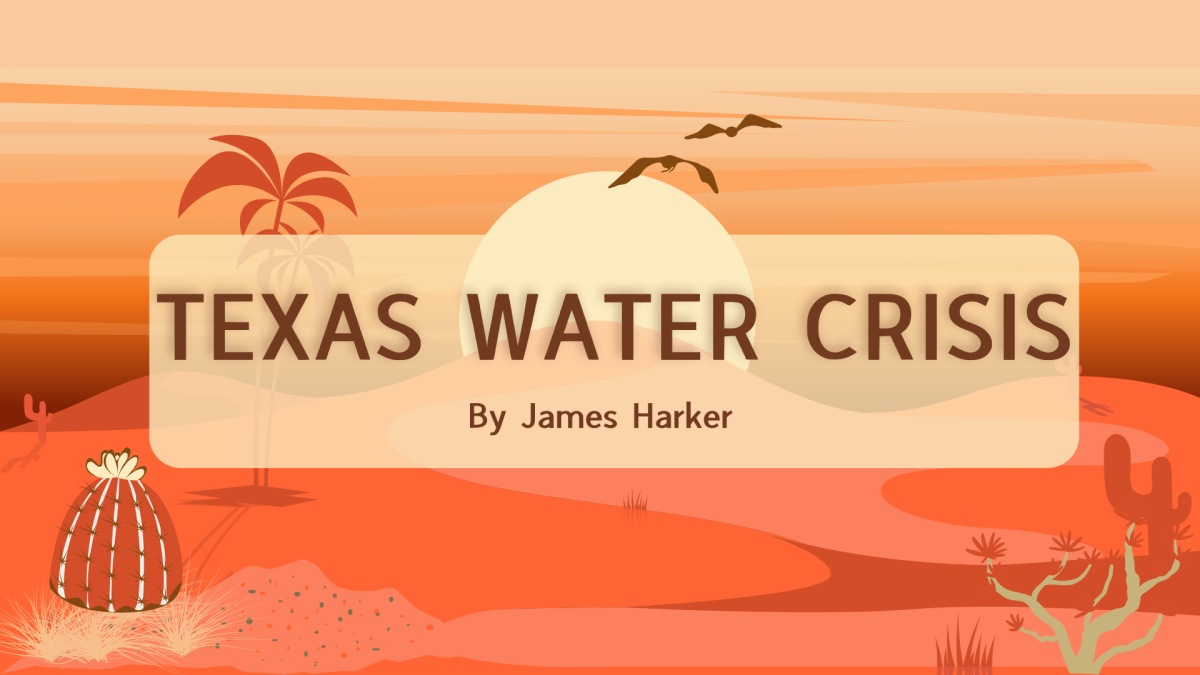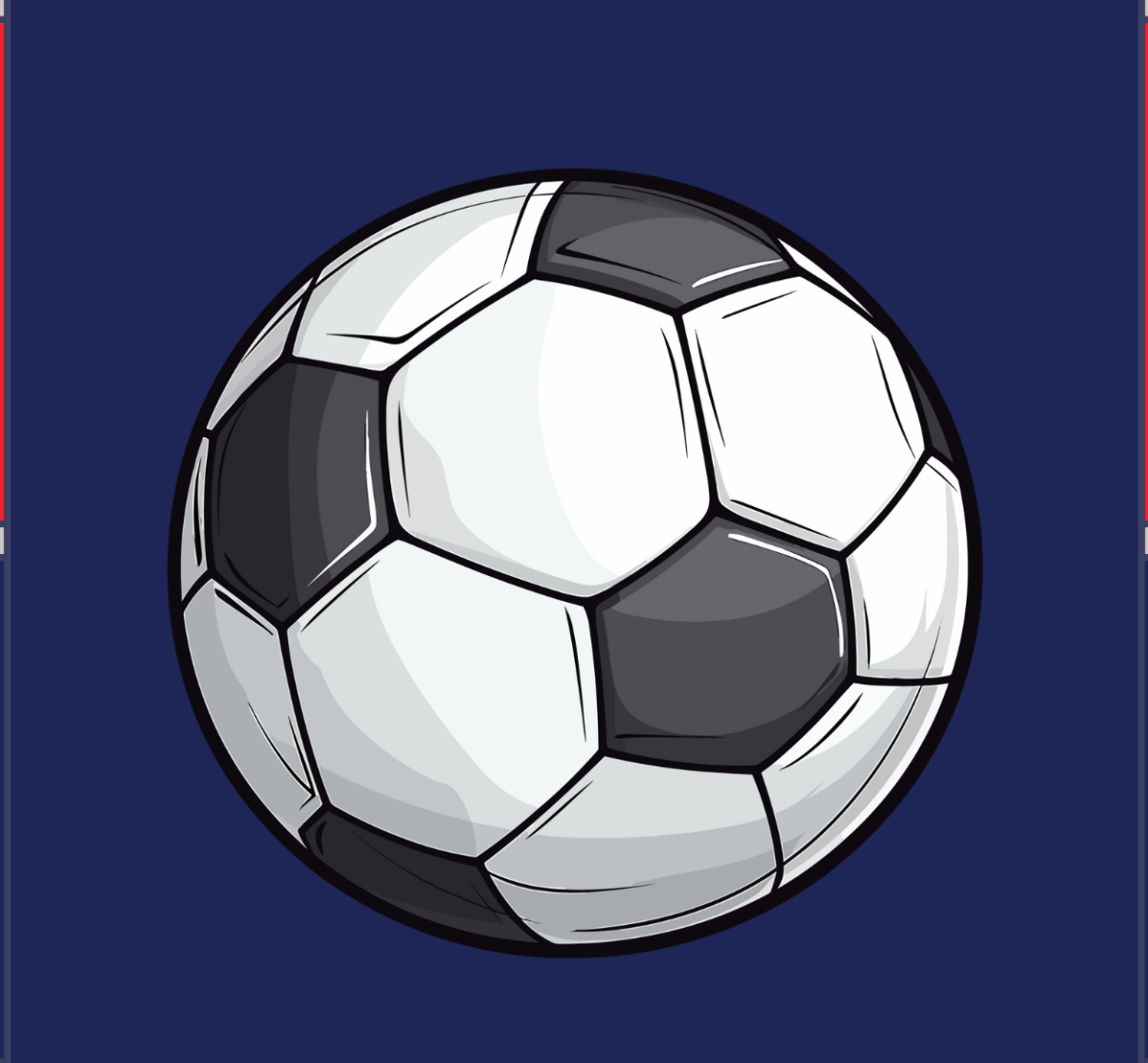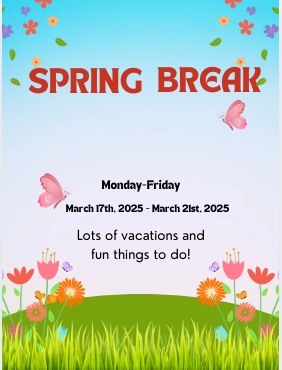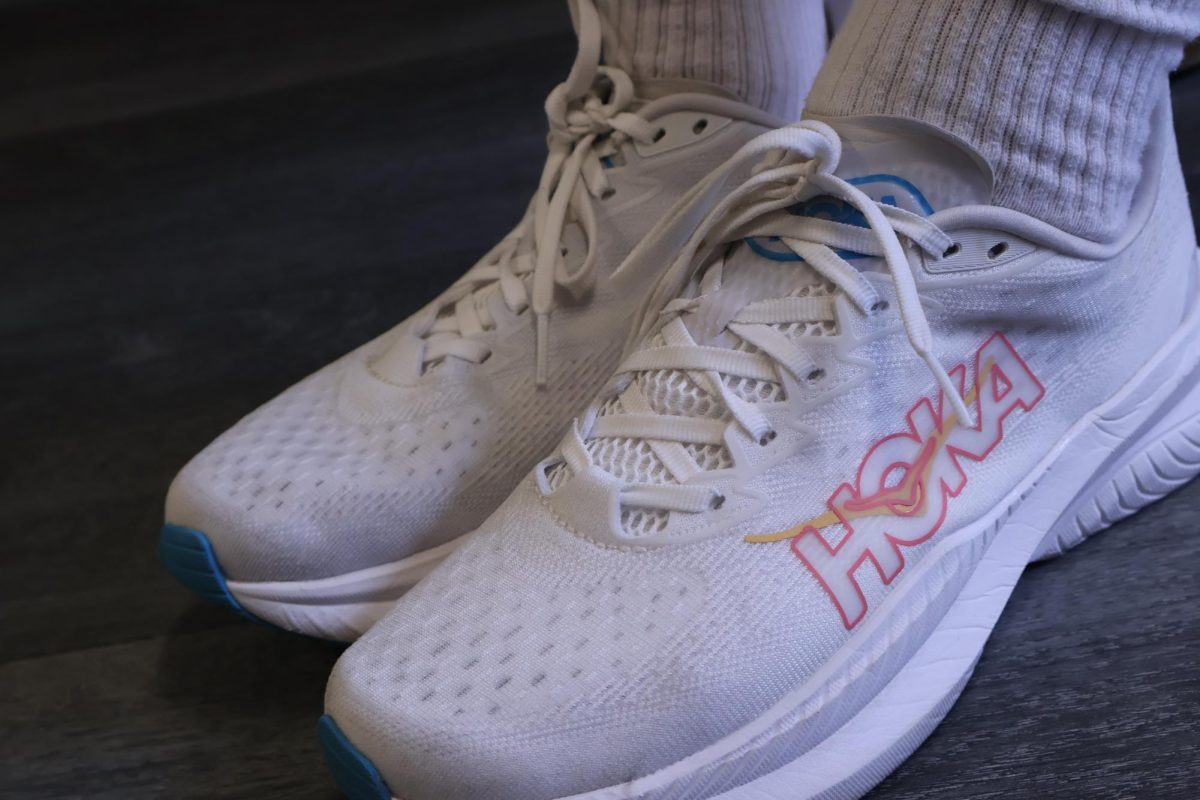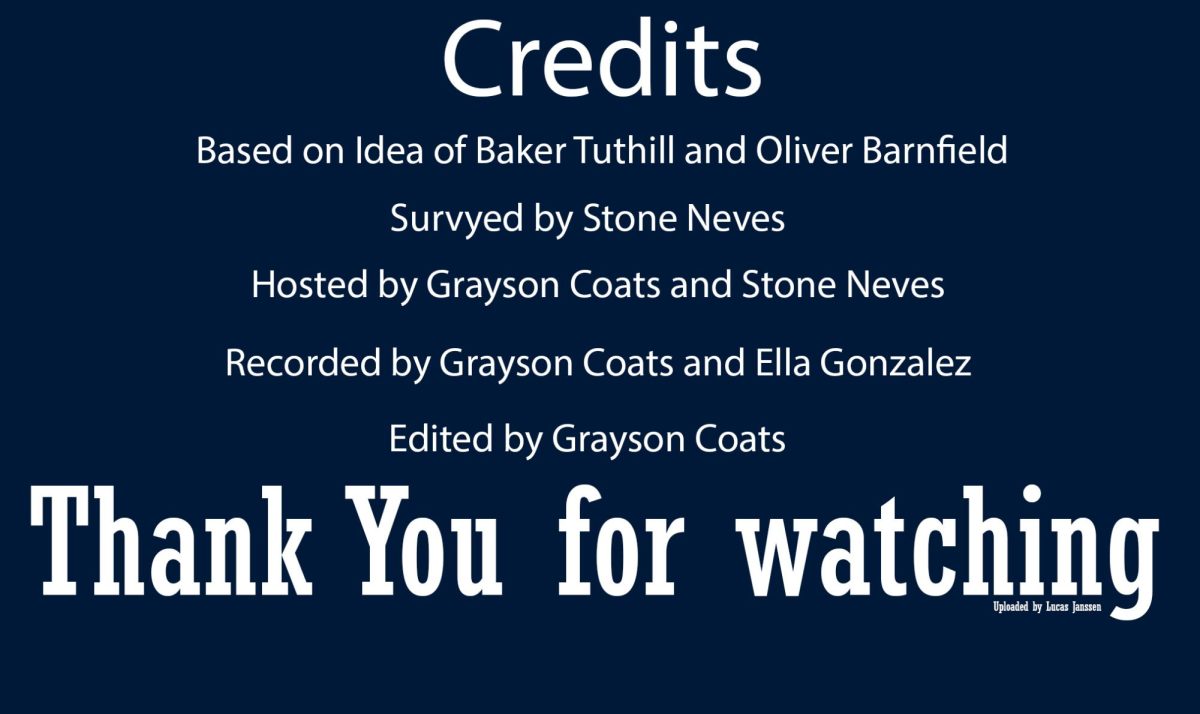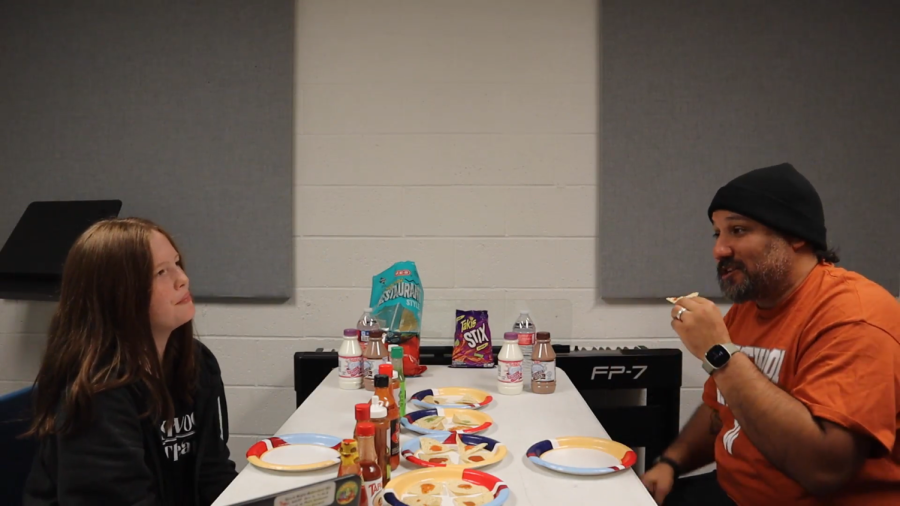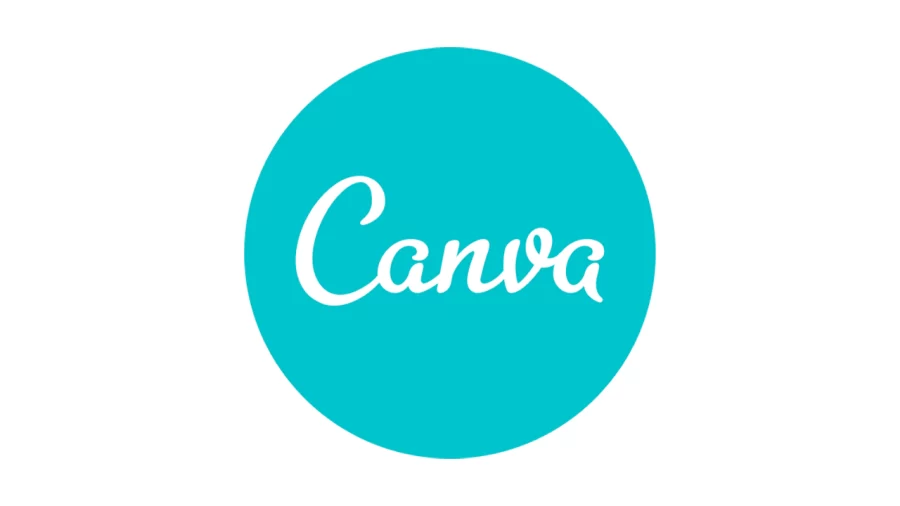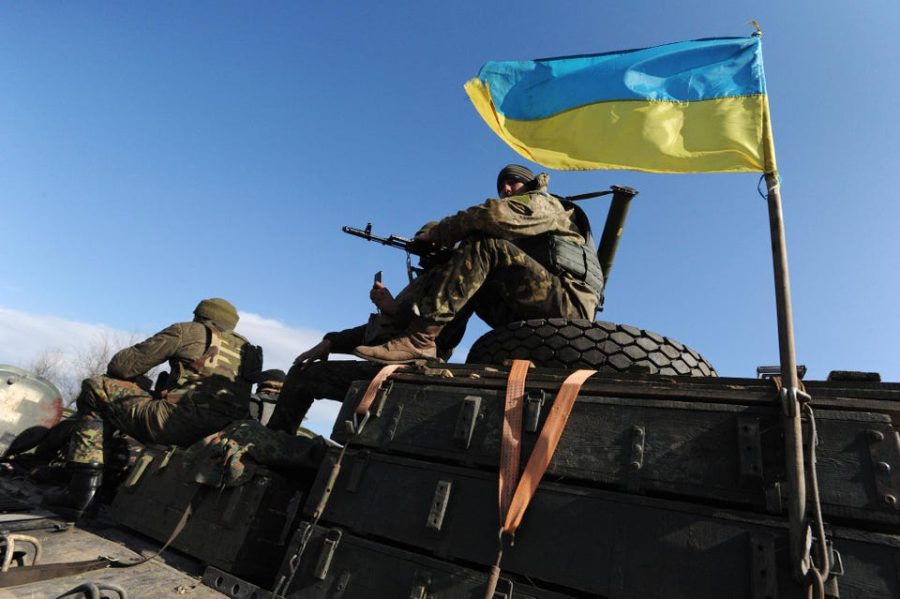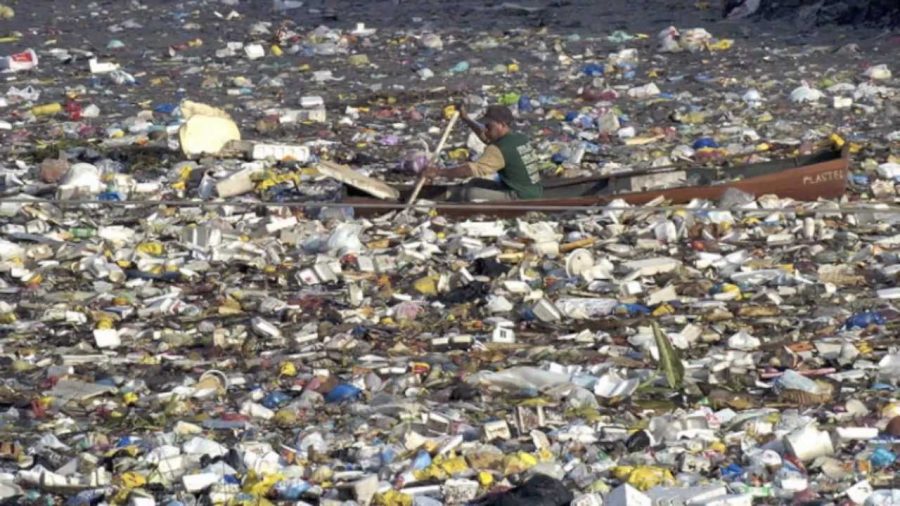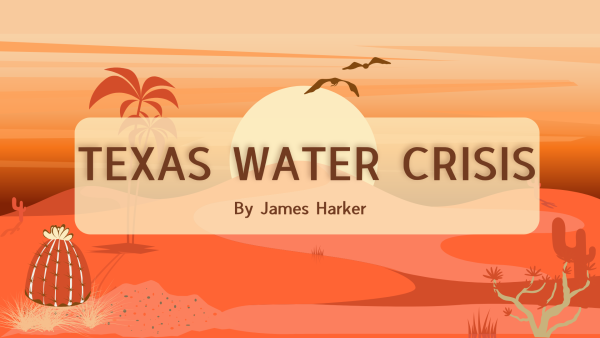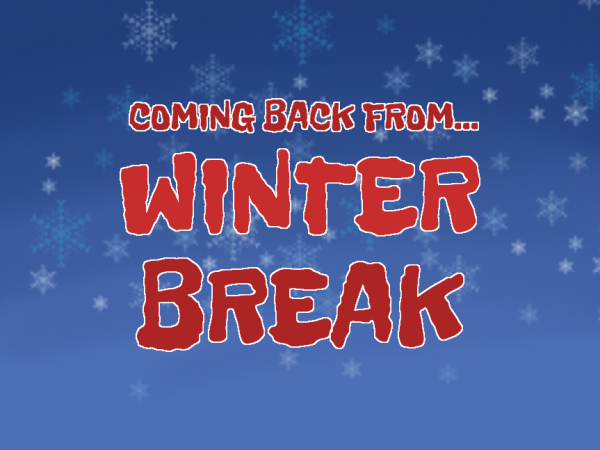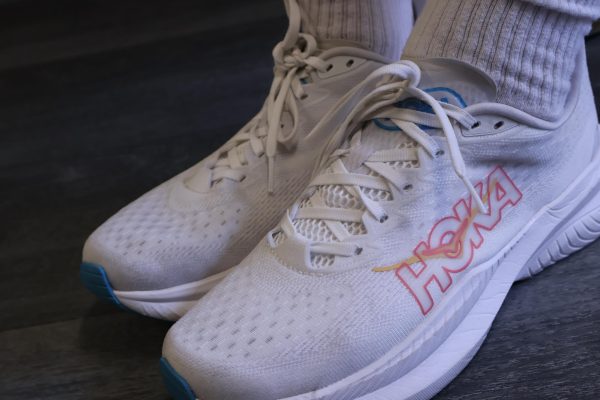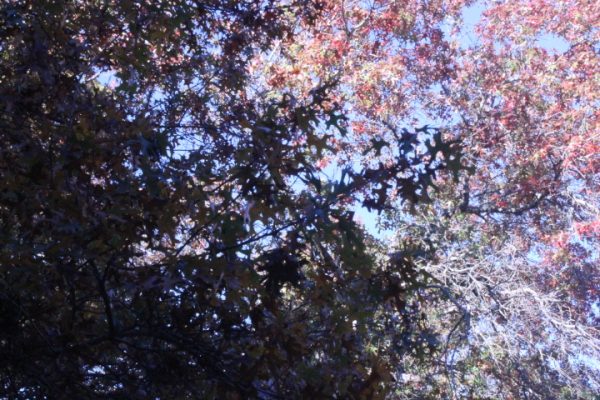The Trash Island
When you throw a piece of paper or a half eaten candy in the trash can, have you ever wondered where does those trash go? Well, turns out to be some of them gets recycled, some gets incinerated ( a type of waste treatment ) but the remaining trash, they somehow wash away and end up in the ocean. And those, lots of those trash, pushed by the ocean currents, gets trapped, and starts to float around the middle of the ocean creating a gigantic island made of, of course, trash.
Origin of the trash island and it was made
Where do these come from? Well, of course, they come from us; the trash we throw away. Not all of them, but lots of them. The trash gathers in the middle if the ocean together going through these steps.
- Humans throw out trash.
- The trash ends up in water ways.
- Currents carry the trash into the ocean.
- A convergence of currents traps the trash inside a swirl of currents.
- It stays there and other trash keep gets carried in which makes the island of trash( or a garbage patch).
And this is how the Great Pacific Garbage Patch( West Pacific Gyre, East Pacific Gyre), the South Pacific Gyre, the Indian Ocean Gyre, the North Atlantic Gyre, and the South Atlantic gyre were made.
Estimated size range
Its size, oh yes, it is truly ENORMOUS, but unknown.
It is difficult to measure the size, because we don’t know how much garbage is hiding underneath the ocean, so scientists determined the size by sampling. And the estimates range of its size is about 700,000 square kilometers (270,000 square miles)(about a size of Texas) to more than 15,000,000 square kilometers (5,800,000 square miles)(about a size of Russia).
It almost makes more sense that the United Nations Ocean Conference estimated that in 2050, there may be more plastic in the ocean than fish.
Effects
No one will believe that this garbage patch would do any good for us. And of course, it does lots of harm. I mean, who would think this great island of garbage will give us happiness? It does nothing but not-so-good-things to us. For a example, it gets into the food chain and affecting many species, in a way of;
- Direct harm to species: About one-third of the chicks of seabirds including the black-footed Albatross die because of fed plastic by their parents by accident.
- Harm in the food chain: Floating debris can absorb organic pollutants from the sea water. When eaten, it can cause toxic effects and can be mistaken as estradiol, a type of hormone, by the body system and cause hormone disruption in the affected animal. Also, many of those can be eaten by fish. And then they’re consumed by humans, resulting toxic effects.
It’s kind of odd ’cause we throw out trash, and then after time, we eat it…
There’s lots of research going on in the world about how to clean up this mess. But still, more bad things are going on around the world. It’ll be hard to think about how to clean up the mess we made, like even if you recycle it some still gets into the ocean and messes up, but it’s better than being afraid to eat seafood, especially if it’s your favorite menu.

Yoonjoo is a 7th grade student who loves reading, drawing, and music. She is learning to be more comfortable with computers by working her best as a reporter...


